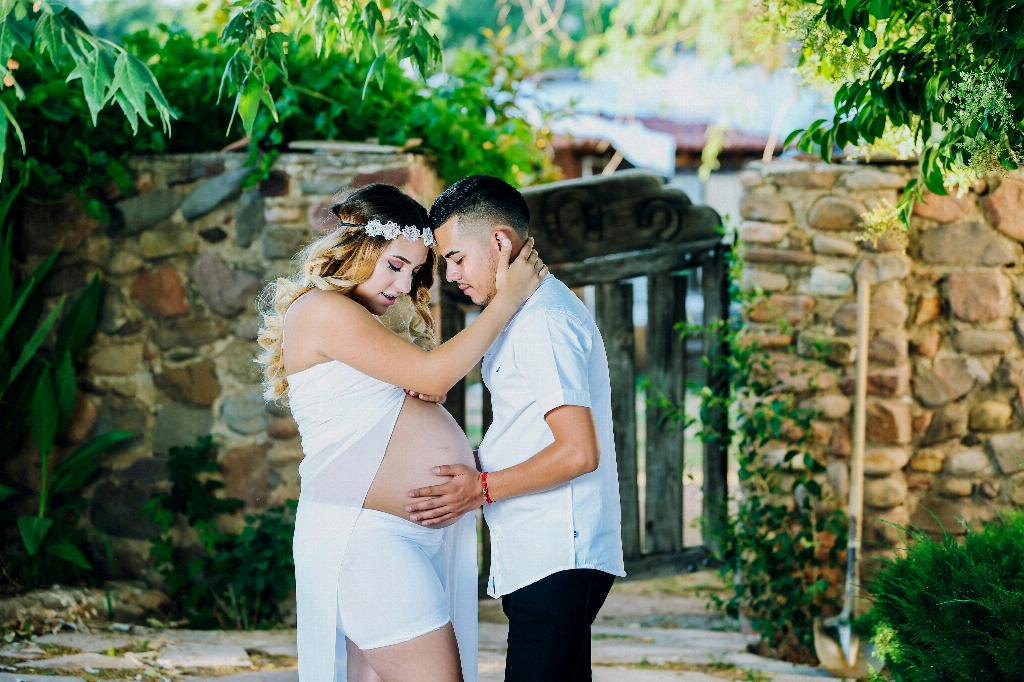When pondering the fascinating world of animal behavior, certain aspects stand out in their uniqueness. Take, for instance, the giraffe – a creature that captivates us with its graceful appearance and towering presence. One particularly intriguing behavior of giraffes is their method of giving birth, which differs significantly from many other mammals.
The Unique Birth Process of Giraffes
Unlike most animals that give birth lying down, giraffes exhibit a rather remarkable approach – they bring their offspring into the world while standing upright. This act, seemingly at odds with conventional birthing norms, holds a profound reason deeply rooted in the anatomy and physiology of these majestic creatures.
Protecting Their Precious Offspring
Giraffes, known for their long necks and towering stature, also bring forth newborns of considerable size. The newborn giraffe, as it emerges, presents itself in a unique front-first position – a sight reminiscent of a miniature superhero ready to take on the world. The mother’s decision to give birth standing up is not a matter of preference but rather a crucial act of safeguarding the delicate neck of the newborn.
The Importance of Gravity in Birth
While many mammals benefit from the aid of gravity during birth, giraffes, with their long and slender necks, face particular challenges. The act of giving birth while standing enables gravity to assist in easing the newborn giraffe’s journey into the world, reducing undue pressure on its neck and spine during the birthing process.
Avoiding Potential Hazards
Imagine a scenario where a giraffe mother chooses to give birth lying down, much like other mammals. The sheer height from which the newborn would drop could prove detrimental, causing harm or injury to the delicate neck and spine of the young giraffe. By standing upright, the mother ensures a gentler and safer entry for her offspring.
Nurturing from the Moment of Birth
As the newborn giraffe arrives in the world, greeted by the earthy expanse beneath its feet, the mother’s instinct kicks in. In that very moment, the bonding between mother and child begins, as the mother gently nudges her newborn, encouraging it to rise and embark on its first steps into the world.
Adapting to Nature’s Design
It is through millions of years of evolution that giraffes have adapted to this unique birthing process. Nature, in its infinite wisdom, has equipped these magnificent creatures with the ability to safeguard their young in a world where survival is paramount.
The Graceful Dance of Mother and Child
Witnessing the birthing process of giraffes unveils a dance of grace and beauty between mother and child. The mother’s vigilant gaze and gentle nudges guide the newborn, instilling a sense of security and reassurance in the young giraffe as it takes its first steps.
A Lesson in Natural Wisdom
Through the act of giving birth standing up, giraffes impart a profound lesson in natural wisdom. Every aspect of their behavior, from birth to survival, reflects a harmonious relationship with their environment and a deep-seated instinct to protect and nurture their young.
An Evolutionary Marvel
Within the expansive tapestry of the animal kingdom, giraffes stand as a testament to the wonders of evolution. Their unique birthing process serves as a reminder of nature’s boundless creativity and the extraordinary adaptations that enable life to flourish in diverse and remarkable ways.
Conclusion
In conclusion, the decision of giraffes to give birth standing up unveils a world of wonder and complexity within the animal kingdom. From protecting their offspring to harnessing the forces of nature, giraffes exemplify the innate beauty and wisdom embedded in every aspect of their existence.

